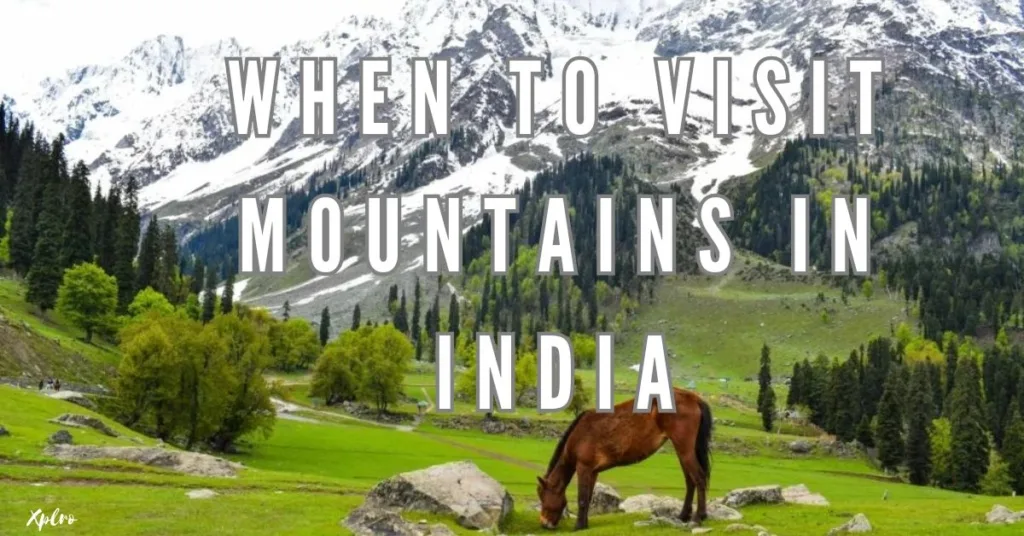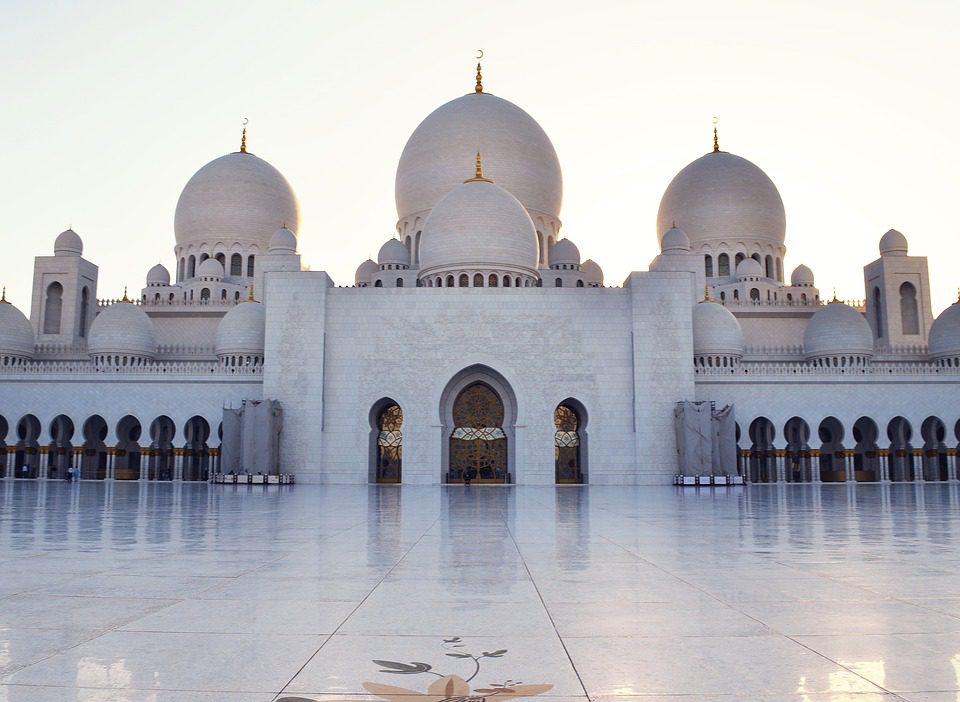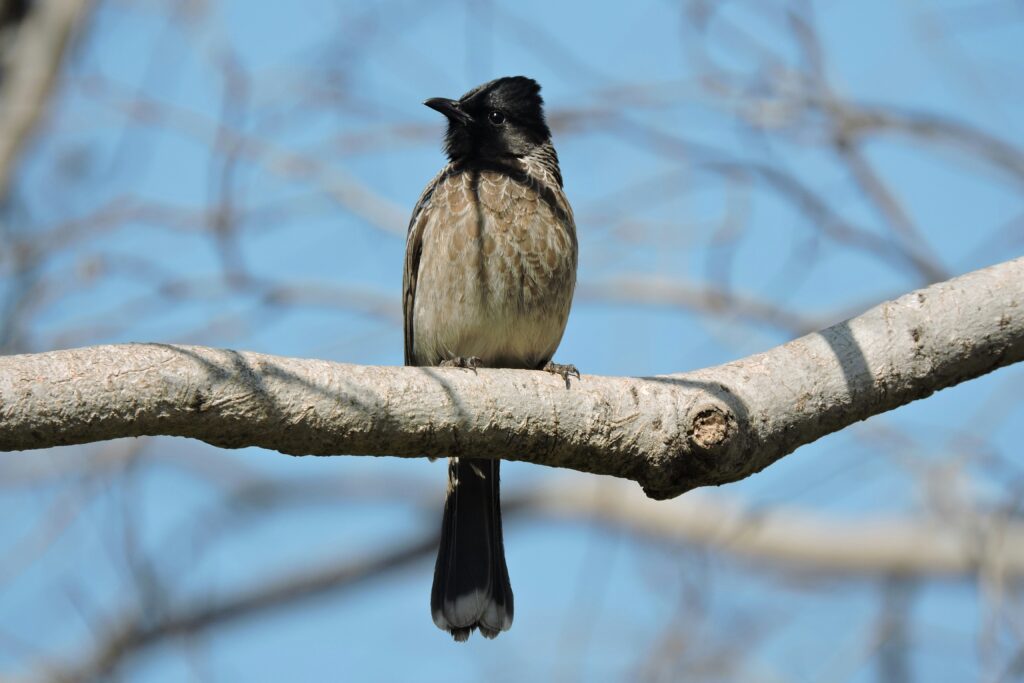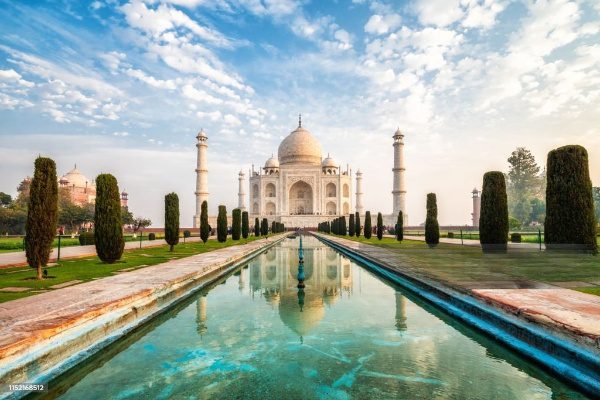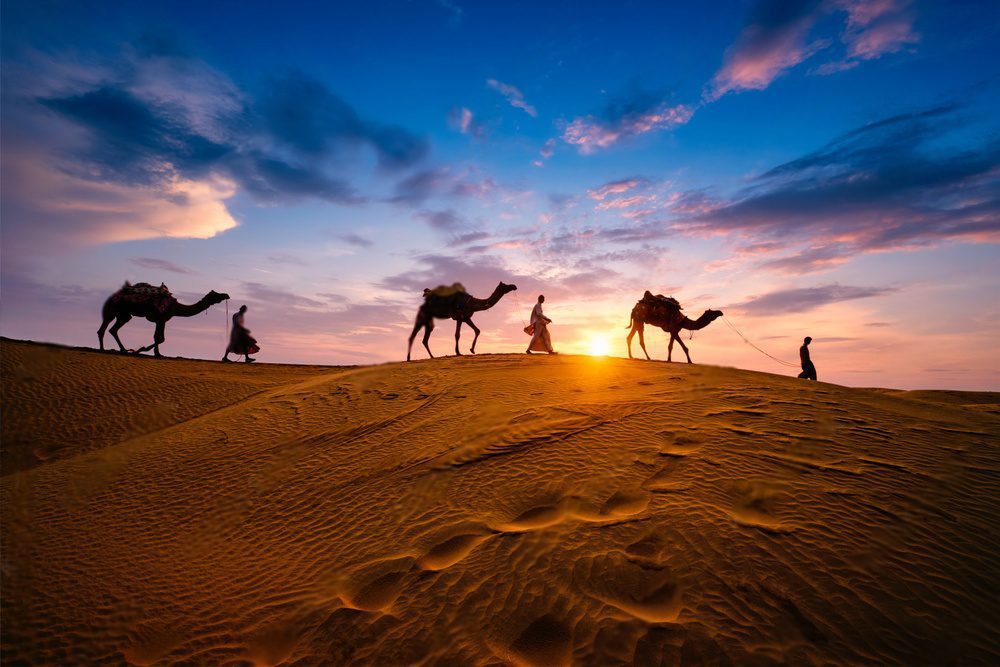When to Visit Mountains in India, India’s majestic mountains offer a diverse range of experiences, from serene treks to thrilling adventures. With careful planning, you can enjoy the best of these breathtaking landscapes. Discover blooming rhododendrons in spring, experience monsoon magic in summer, or witness snow-capped peaks in winter. Explore ancient temples, attend vibrant festivals, or embark on exciting treks. Whether you’re seeking adventure or serenity, India’s mountains have something to offer every traveler.
1. Spring (March to April): Blooming Meadows and Pleasant Temperatures
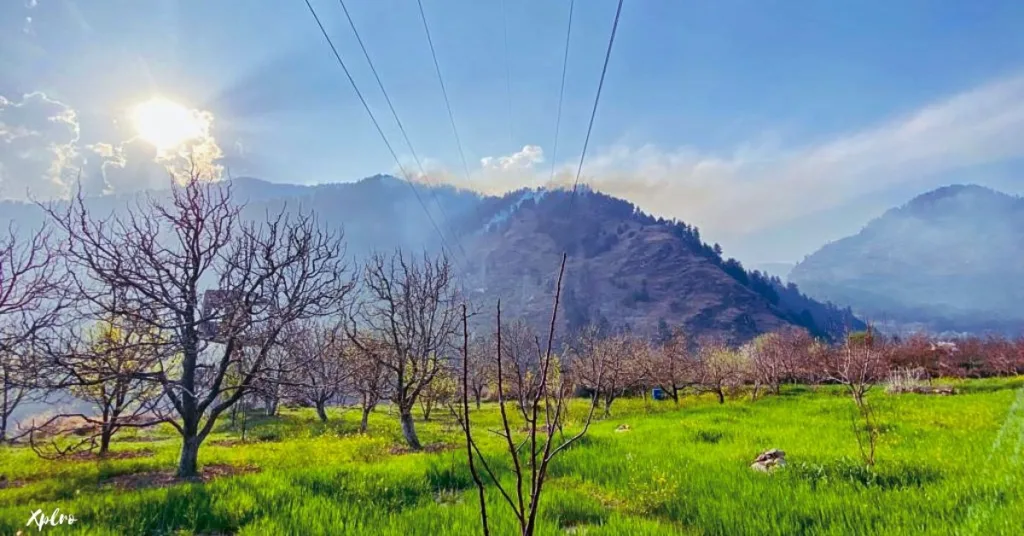

Spring is a magical time to visit India’s mountains. As the snow melts, valleys burst with vibrant blooms, creating breathtaking landscapes perfect for trekking and photography. The mild weather makes it ideal for outdoor activities like hiking, biking, and camping. Popular destinations include Manali, Shimla, and the Valley of Flowers in Uttarakhand, renowned for their springtime beauty.
Key Activities:
- Exploring rhododendron forests in Sikkim: Discover the beauty of these vibrant pink-flowering trees.
- Trekking in the Valley of Flowers: Explore this UNESCO World Heritage Site, famous for its vibrant wildflowers.
- Paragliding in Himachal Pradesh: Soar high above the mountains and enjoy panoramic views.
2. Summer (May to June): Escape the Heat and Enjoy High-Altitude Adventures
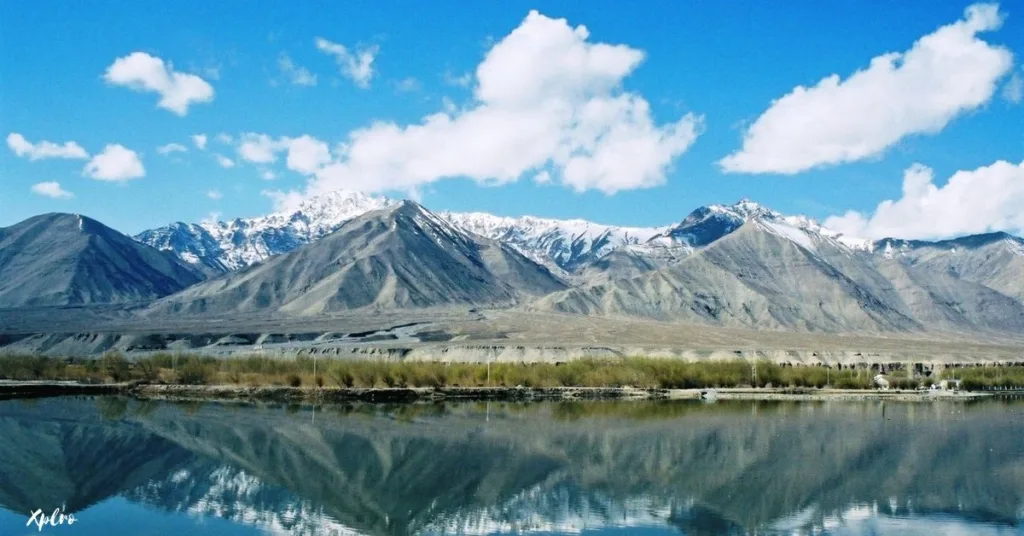

Summer is the perfect time to escape the scorching plains and head to India’s refreshing mountain regions. Ladakh, Kashmir, and Himachal Pradesh offer a welcome respite from the rising temperatures. During this season, roads to remote areas like Leh-Ladakh open up, allowing for thrilling road trips, adventurous treks, and breathtaking sightseeing. Snow-capped peaks and pristine lakes create the ideal setting for a summer getaway.
Key Activities:
- White-water rafting in Rishikesh: Test your adrenaline levels with this exciting adventure sport.
- Trekking the Markha Valley in Ladakh: Embark on a challenging yet rewarding trek through this stunning valley.
- Road trips to Leh via Manali or Srinagar: Experience the thrill of a high-altitude road trip through the Himalayas.
3. Monsoon (July to September): Lush Greenery and Off-Season Serenity
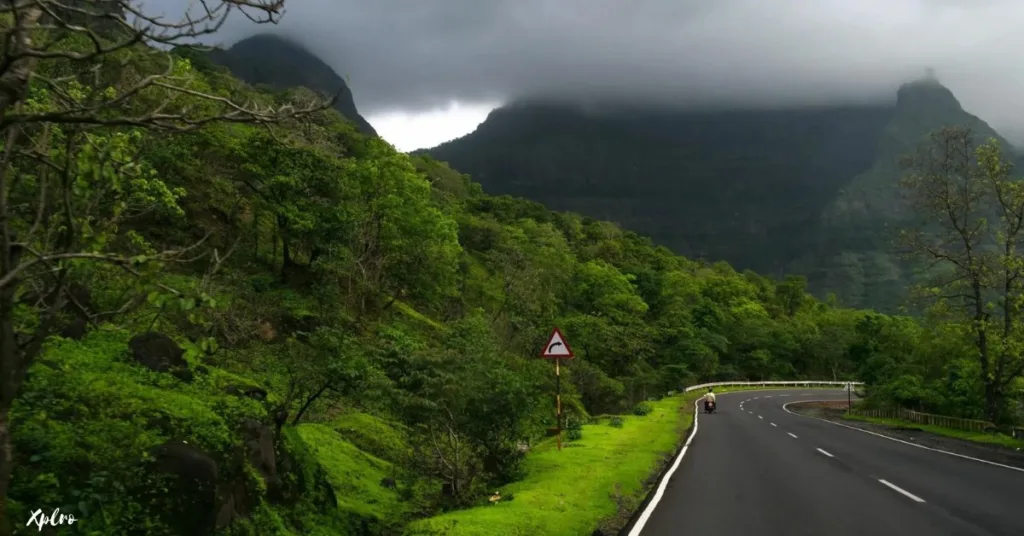

Monsoon transforms India’s mountains into lush, green paradises. The Western Ghats, particularly in places like Munnar, Coorg, and Wayanad, receive heavy rainfall, turning the region into a verdant haven. While the Himalayas also experience rain, regions like Spiti Valley and Ladakh remain relatively dry. Monsoon is perfect for those seeking quieter trails, less touristy spots, and an immersive experience amidst the rains.
Key Activities:
- Exploring the remote Spiti Valley: Experience the unique culture and landscapes of this high-altitude desert.
- Monsoon treks in the Western Ghats: Explore the lush trails and waterfalls of the Western Ghats.
- Tea estate visits in Munnar and Coorg: Learn about the tea-making process and enjoy the scenic beauty.
4. Autumn (September to October): Perfect Weather and Festival Season
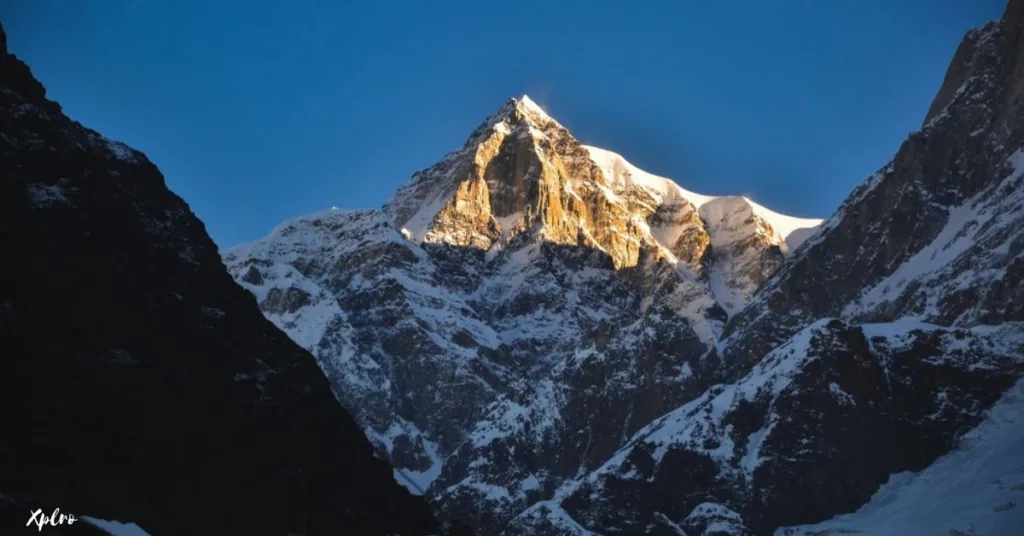

Autumn is a popular time to visit India’s mountains. The rains have subsided, leaving clear skies and crisp air, making it ideal for trekking. Trails like Roopkund, Kedarkantha, and Goecha La are in their prime during this season. Additionally, autumn coincides with several cultural festivals, offering visitors a chance to experience local traditions while enjoying the scenic beauty of the mountains.
Key Activities:
- Enjoying clear views of Himalayan peaks: Take in the breathtaking scenery of the Himalayas under clear skies.
- Trekking in Uttarakhand and Sikkim: Explore popular trails like Roopkund and Kedarkantha.
- Attending the Ladakh Festival: Experience the vibrant culture of Ladakh during this annual festival.
5. Winter (December to February): Snow Adventures and Quiet Retreats
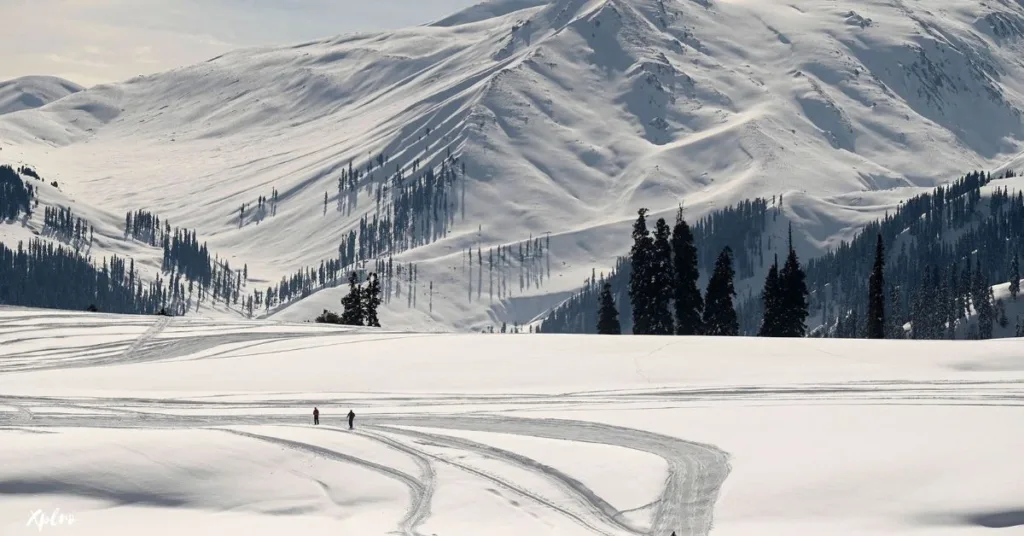

Winter in India’s mountains is a magical time, with snow blanketing the peaks and valleys. For snow enthusiasts, it’s the perfect opportunity to enjoy skiing, snowboarding, and snow treks. Destinations like Gulmarg, Auli, and Solang Valley transform into winter sports hubs, offering ski resorts and well-maintained slopes. Those seeking tranquility can find peaceful, snow-covered retreats far from the crowds in places like Kasol and Tirthan Valley.
Key Activities:
- Cozy stays in snow-covered mountain villages: Enjoy the peaceful ambiance of these charming villages.
- Skiing and snowboarding in Gulmarg and Auli: Experience the thrill of winter sports in these popular destinations.
- Winter trekking in Kedarkantha and Chadar Trek: Embark on challenging and rewarding winter treks.
6. April in North Sikkim: Rhododendron Blooms and Clear Skies
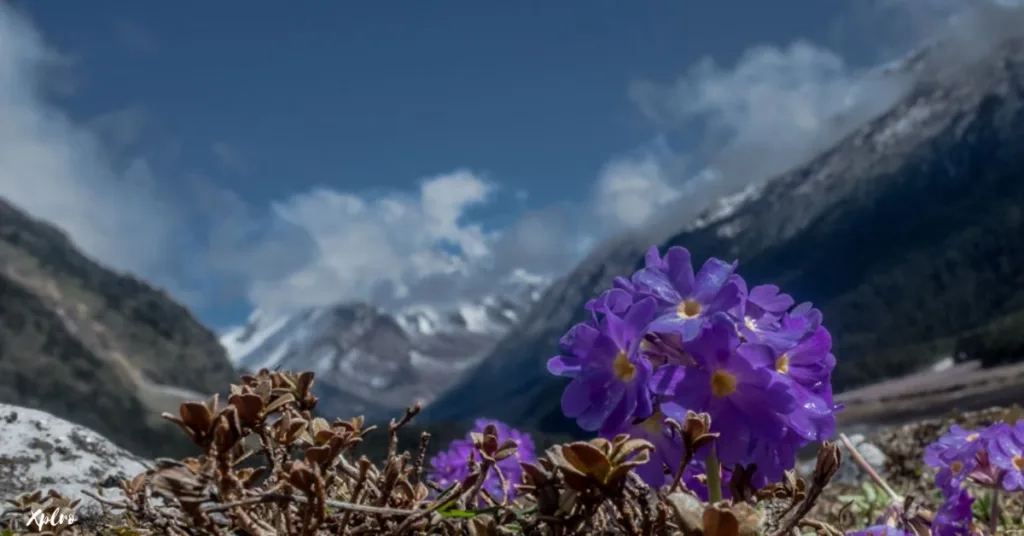

April is a fantastic time to visit North Sikkim, especially for nature lovers. This is when the famous rhododendron flowers bloom, painting the hillsides with vibrant colors. The cool and comfortable weather, coupled with clear skies, offers stunning views of the Himalayan peaks. Popular places to visit include Yumthang Valley, often referred to as the “Valley of Flowers of the East.”
Key Activities:
- Trekking in the lesser-known areas of North Sikkim: Discover hidden gems and off-the-beaten-path trails in this region.
- Exploring Yumthang Valley and Lachung: Experience the beauty of these picturesque valleys, adorned with colorful rhododendrons.
- Visiting the Gurudongmar Lake: Marvel at the stunning beauty of this high-altitude lake, surrounded by snow-capped peaks.
7. May in Kashmir: The Valley in Full Bloom
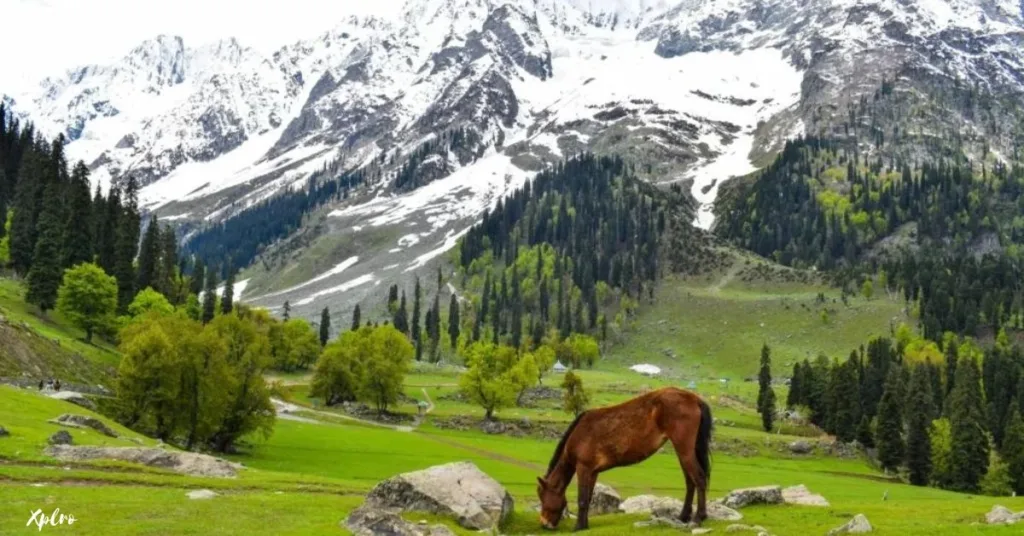

May is one of the most enchanting times to visit Kashmir. The valley is adorned with blooming flowers and fruit orchards, creating a mesmerizing landscape. The snow has melted, revealing lush meadows and flowing rivers. Srinagar’s Mughal Gardens are at their peak beauty, and a shikara ride on Dal Lake is a must-do experience. The warm yet pleasant weather makes it perfect for sightseeing and outdoor activities.
Key Activities:
- Hiking and pony rides in Pahalgam: Enjoy the scenic beauty of Pahalgam, a popular hill station, with hiking trails and pony rides.
- Shikara rides and houseboat stays on Dal Lake: Experience the tranquility of Dal Lake on a traditional shikara boat and stay in a luxurious houseboat.
- Exploring Mughal Gardens in Srinagar: Admire the stunning beauty of the Mughal Gardens, including Nishat Bagh and Shalimar Bagh.
8. June in Himachal Pradesh: Adventure and Festivals
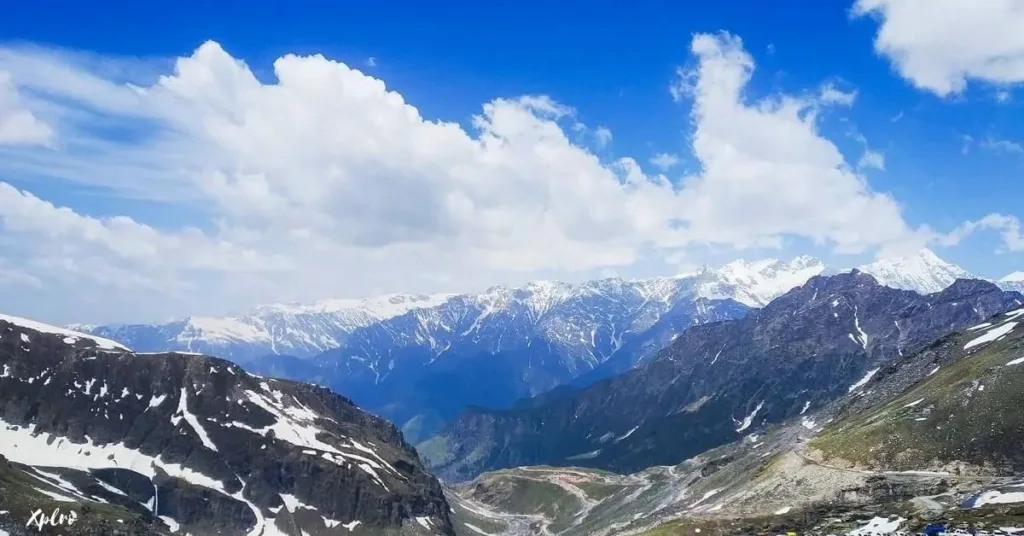

June is an ideal time to visit Himachal Pradesh, offering pleasant weather and a plethora of adventure activities. The International Himalayan Festival in McLeod Ganj is a must-attend for those interested in Tibetan culture. Additionally, trekking in Manali, Kullu, and Spiti is very popular in June, with trails accessible and stunning scenic views all around.
Key Activities:
- Trekking and camping in Spiti: Explore the breathtaking landscapes of Spiti Valley on adventurous treks.
- Adventure sports in Manali: Enjoy thrilling activities like paragliding, rafting, and trekking.
- Tibetan cultural experiences in McLeod Ganj: Immerse yourself in Tibetan culture, spirituality, and cuisine.
9. September in Ladakh: Clear Skies and Cultural Immersion
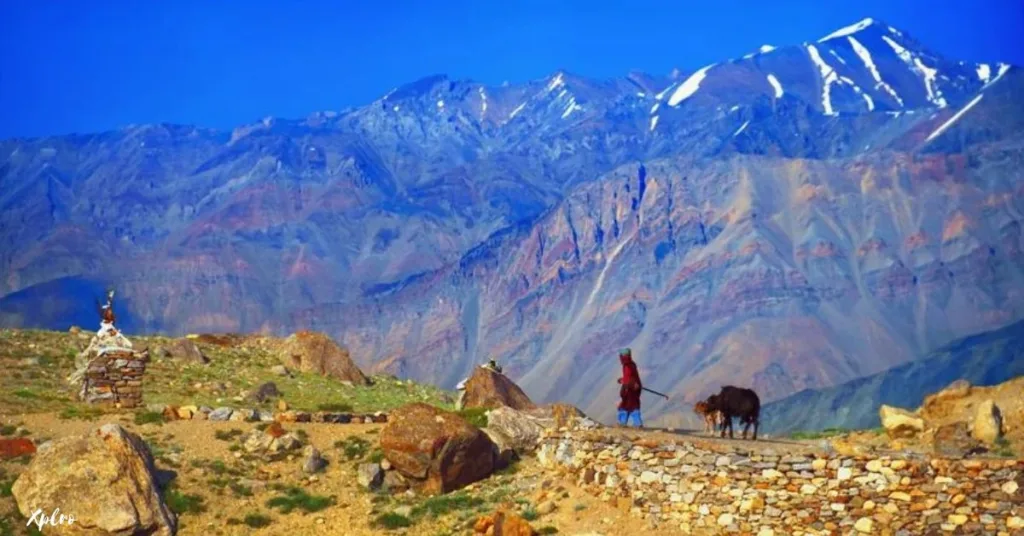

September is a fantastic time to visit Ladakh, as the monsoons have retreated, leaving clear, blue skies and crisp air. It’s a paradise for photography enthusiasts, with stunning landscapes and vibrant colors. The famous Ladakh Festival takes place during this time, showcasing the region’s unique culture, music, and dance. It’s also an excellent opportunity to visit Pangong Lake, Nubra Valley, and Leh Palace.
Key Activities:
- Riding through the Nubra Valley on a camel safari: Enjoy a unique adventure in this high-altitude desert.
- Attending the Ladakh Festival: Experience the vibrant culture and traditions of Ladakh.
- Exploring monasteries and scenic lakes: Visit iconic monasteries like Hemis and Thiksey, and admire the beauty of lakes like Pangong and Tso Moriri.
10. December in the Northeast: Winter Wonderland
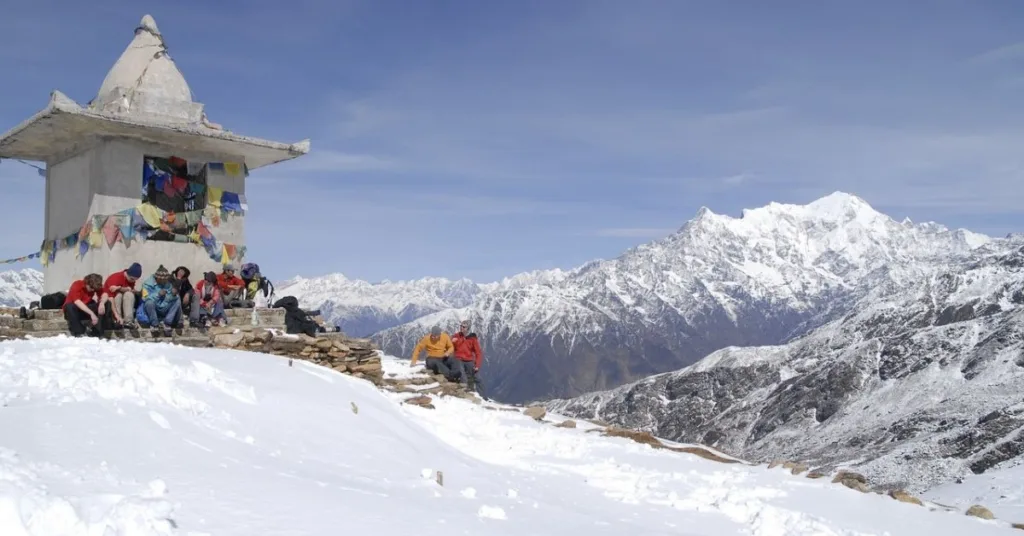

December offers a unique winter experience in the mountains of Arunachal Pradesh, Nagaland, and Meghalaya. Despite the cold weather, the natural beauty of these regions remains undiminished. Visitors can experience the famous Hornbill Festival in Nagaland, where the region’s vibrant tribal culture and heritage are showcased. Snowfall in the higher regions, such as Tawang, adds to the winter charm.
Key Activities:
- Enjoying scenic drives through Meghalaya: Marvel at the breathtaking landscapes of Meghalaya, including the Cherrapunji region.
- Attending the Hornbill Festival: Immerse yourself in the rich cultural heritage of Nagaland.
- Visiting monasteries in Tawang: Explore the ancient monasteries and experience the serene atmosphere.
Conclusion, When to Visit Mountains in India
From serene spring treks amidst blooming valleys to heart-pounding winter sports on snow-covered slopes, India’s mountains offer a year-round adventure. Escape the summer heat in Kashmir’s meadows or witness the vibrant culture of Ladakh during September’s clear skies. Explore the Western Ghats’ lush greenery during the monsoon or chase the blooming rhododendrons in North Sikkim’s spring. With its diverse experiences for every season, unlock the magic of India’s mountains. Plan your perfect trip with Xplro.com, your trusted travel companion!
FAQs
1. When is the best time to visit India’s mountains for trekking?
- Spring (March-April) and autumn (September-October) offer ideal conditions for trekking in India’s mountains. The weather is pleasant, trails are well-maintained, and the skies are clear.
2. Is it safe to visit India’s mountains during the monsoon season?
- While monsoon can bring challenges, the Western Ghats offer lush greenery and waterfalls. Ladakh and Spiti remain dry and accessible. However, exercise caution in the Himalayas due to landslides and slippery roads.
3. What are the top places to visit in India’s mountains in winter?
- Auli, Gulmarg, and Manali are great for skiing and snowboarding. Leh-Ladakh offers winter adventures, including the Chadar Trek.
4. Can I drive to India’s mountain destinations safely?
- Driving is safe with experience and during favorable seasons. Hire a local driver for unfamiliar terrain, especially during monsoon and winter.
5. Are India’s mountains accessible year-round?
- While some destinations like Manali and Shimla are accessible year-round, remote areas like Ladakh and high-altitude treks might be closed in winter. May to October is ideal for accessibility.
6. What should I pack for a mountain trip to India?
- Pack layers, comfortable hiking boots, rain gear, and sunscreen. For winter, bring heavy clothing, snow boots, and thermal wear.
7. Is it safe for solo travelers to visit India’s mountains?
- Yes, it’s generally safe, especially in popular tourist destinations. Stay in trusted accommodations, inform someone of your plans, and avoid remote areas without preparation.
8. What kind of adventure activities can I do in India’s mountains?
- Trekking, skiing, paragliding, river rafting, and mountain biking are popular activities. Consider paragliding in Bir Billing, skiing in Auli, and river rafting in Rishikesh.
9. Can I visit Ladakh in winter?
- Yes, but be prepared for extreme cold and limited accessibility. The Chadar Trek is a popular winter adventure. Flights are available to Leh, and you can explore nearby attractions.
10. What are the cultural festivals to experience in India’s mountain regions?
- The Hemis Festival in Ladakh, the Hornbill Festival in Nagaland, and the International Himalayan Festival in McLeod Ganj are must-attend events.
11. How do I reach India’s mountain destinations?
- Road, rail, and air options are available. For remote areas like Leh-Ladakh and Sikkim, air travel followed by road travel is recommended.
12. Do I need permits to visit certain mountain areas in India?
- Yes, some areas require permits. For example, certain regions of Sikkim, Ladakh, and Arunachal Pradesh need Inner Line Permits (ILPs). Check requirements before your trip.
